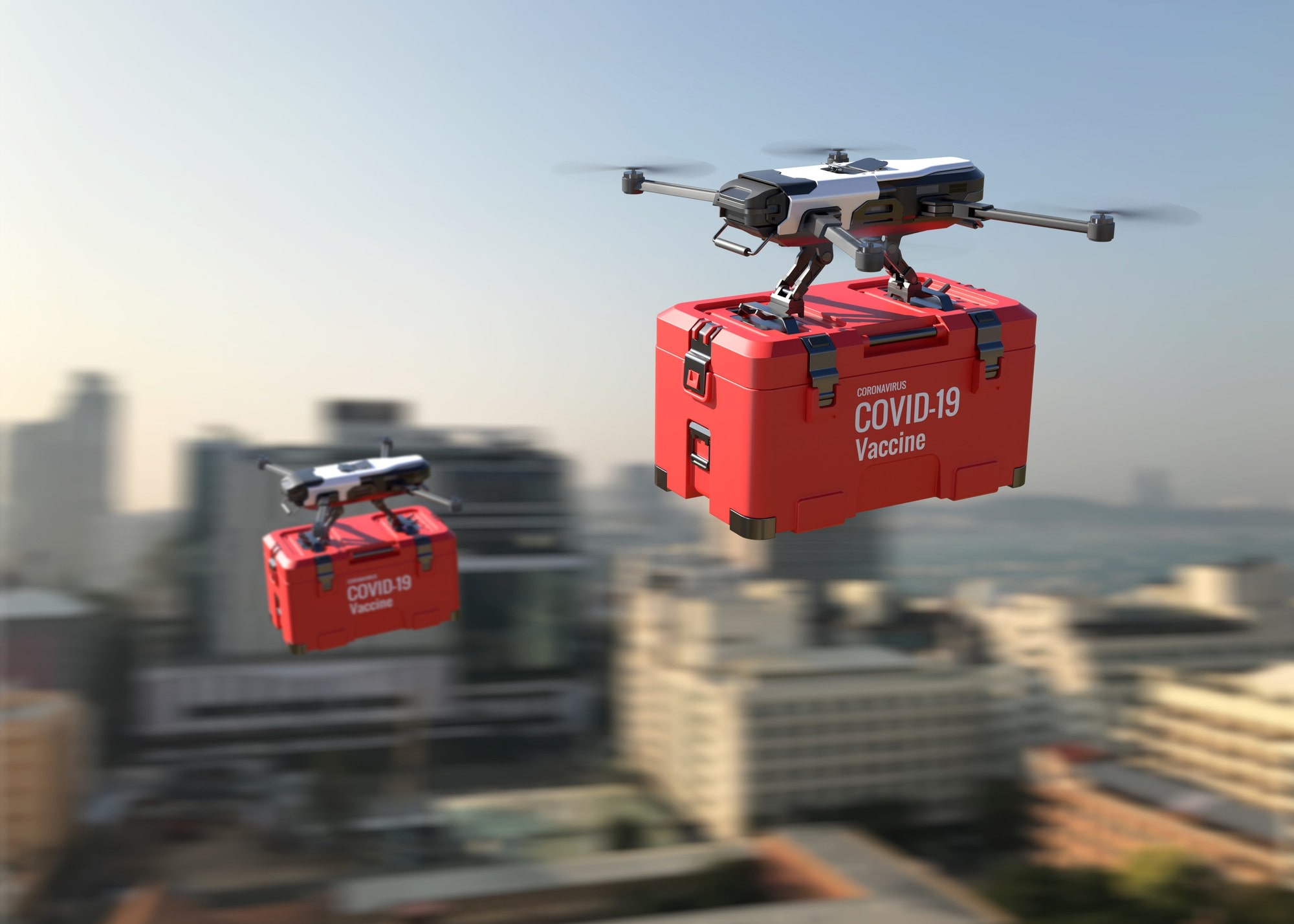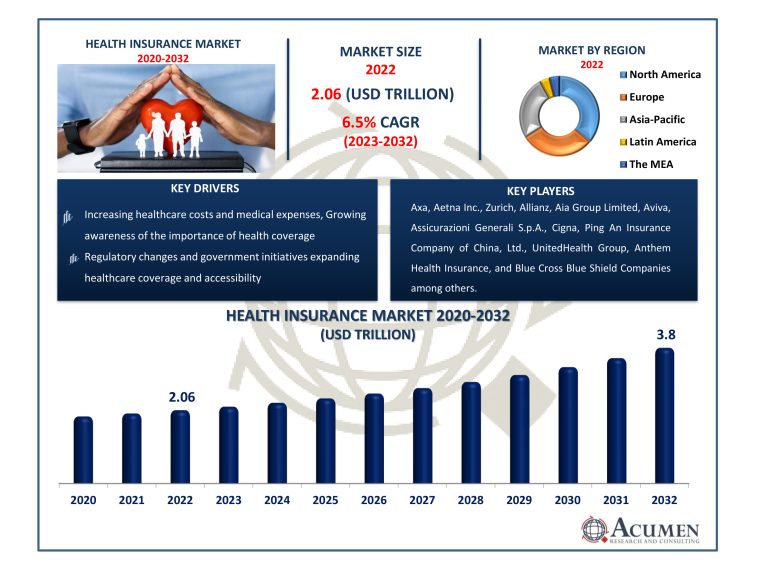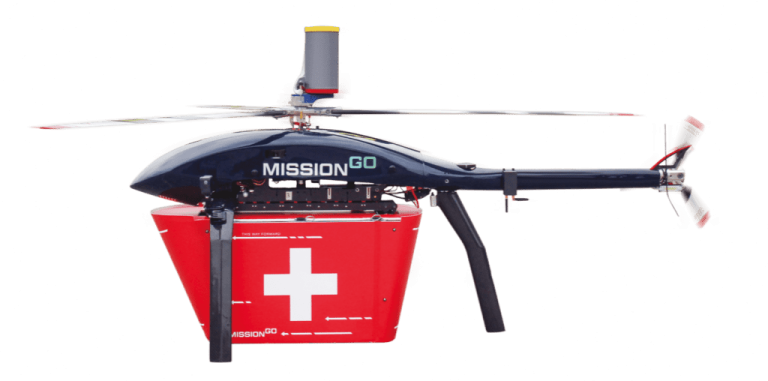Drone Medical Delivery: A Game-Changer for Healthcare
Imagine a world where critical medical supplies can reach remote locations in minutes instead of hours, potentially saving lives with unprecedented speed and efficiency. This isn’t a futuristic fantasy, but a reality taking shape through innovative drone technology in healthcare logistics.

A groundbreaking pilot project in Hong Kong is demonstrating the transformative potential of drone deliveries, specifically targeting challenging transportation scenarios. The project focuses on a critical route between Cyberport and St. John Hospital in Cheung Chau, an island historically dependent on ferry schedules that often create dangerous delays in medical supply transportation.
Kenny Lau, Chief Technology Officer for the logistics company involved, highlighted a remarkable improvement in delivery times. Where traditional transportation methods previously required 45 to 65 minutes, drones now complete the 12-kilometer journey in just 20 minutes. This dramatic reduction isn’t just about speed—it represents a potential lifeline for patients in hard-to-reach areas.

Dr. Maxime Mark from St. John Hospital’s Accident & Emergency Department emphasized the project’s most compelling benefit: the ability to deliver time-sensitive medical supplies like antivenoms directly to local communities. This capability means patients could potentially receive treatment locally, eliminating the need for risky transfers to urban hospitals and significantly improving medical outcomes.
The initiative is part of the Low-altitude Economy Regulatory Sandbox, a forward-thinking program designed to test and integrate drone technologies into practical applications. Government support is evident, with Secretary for Transport & Logistics Mable Chan personally inspecting the operations and signaling institutional backing for this innovative approach.

While the immediate focus is medical delivery, the implications extend far beyond healthcare. The project represents a broader exploration of how emerging technologies can solve complex logistical challenges, particularly in regions with challenging geographical landscapes.
For the insurance industry, this development presents fascinating opportunities and considerations. Insurers might need to reimagine risk profiles, developing new coverage models that account for drone-assisted medical logistics. Potential innovations could include specialized policies for healthcare facilities, logistics providers, and emergency services that factor in the reduced risks and enhanced capabilities provided by drone technologies.

The Hospital Authority plans continued testing to ensure the reliability and versatility of drone delivery systems. Their goal is to establish a safe, efficient transportation option for medical supplies—a mission that requires rigorous evaluation and continuous improvement.
This pilot project isn’t just a technological experiment; it’s a glimpse into a future where healthcare becomes more responsive, efficient, and accessible. By leveraging drone technology, remote communities could see dramatic improvements in medical response times, potentially saving lives that might have been lost to logistical limitations.

As drone technologies continue evolving, collaborations between medical institutions, logistics companies, and government bodies will be crucial. Each successful pilot project like this one provides valuable data and insights, gradually paving the way for broader adoption and more sophisticated medical delivery systems.
The journey of drone medical delivery is just beginning, but its potential is already clear: to transform how we think about healthcare logistics, emergency response, and the very concept of medical accessibility.












